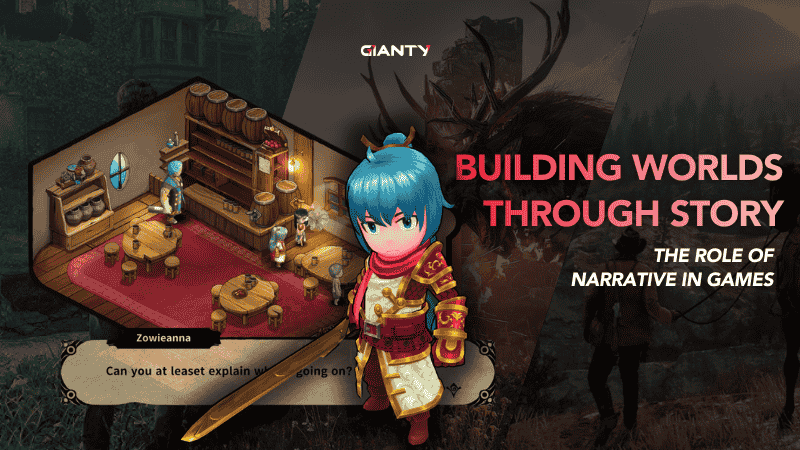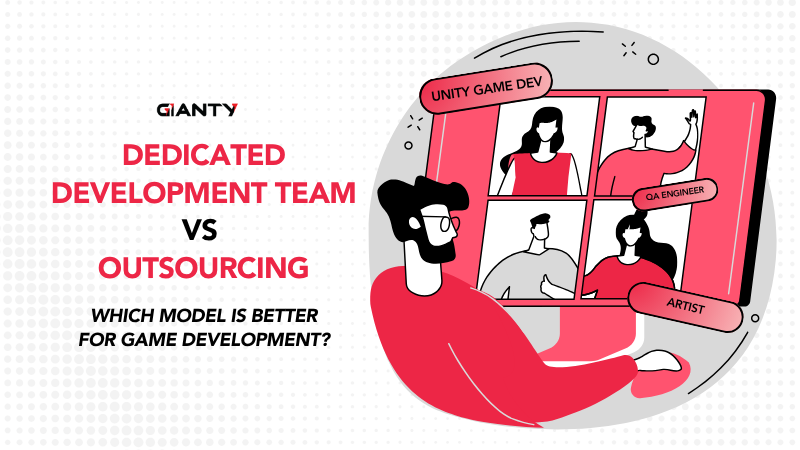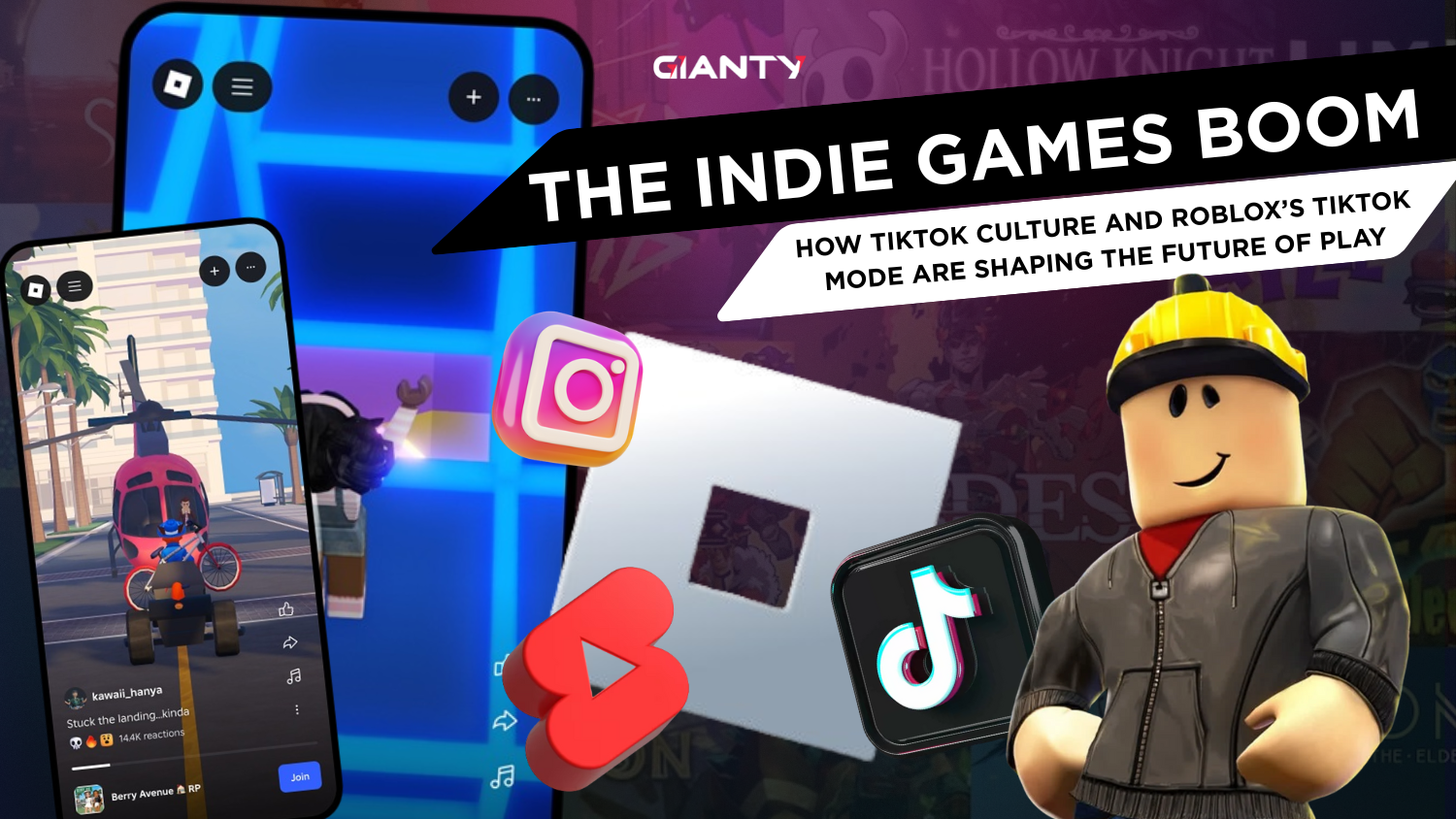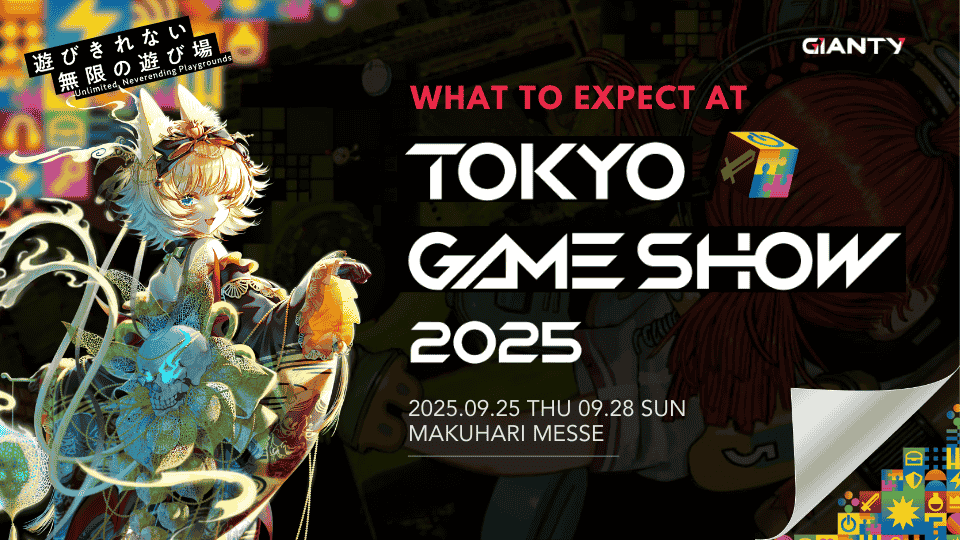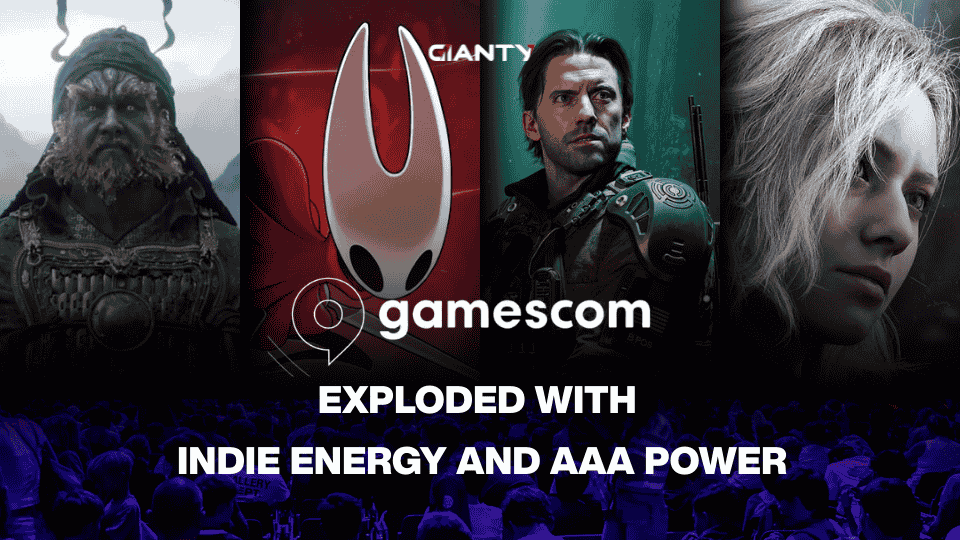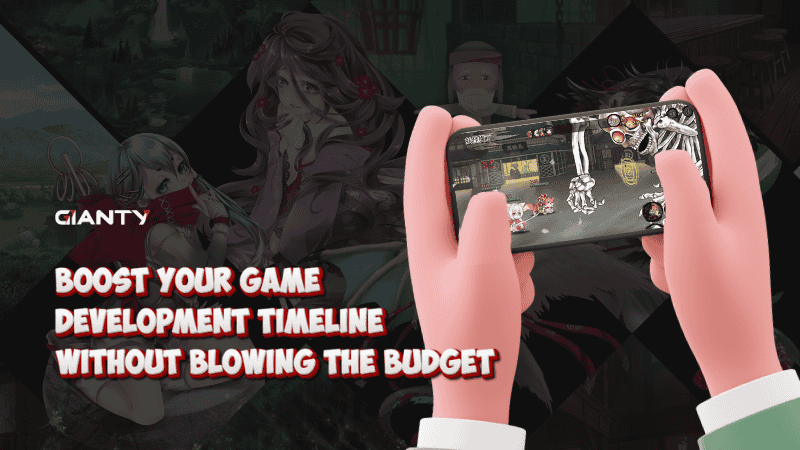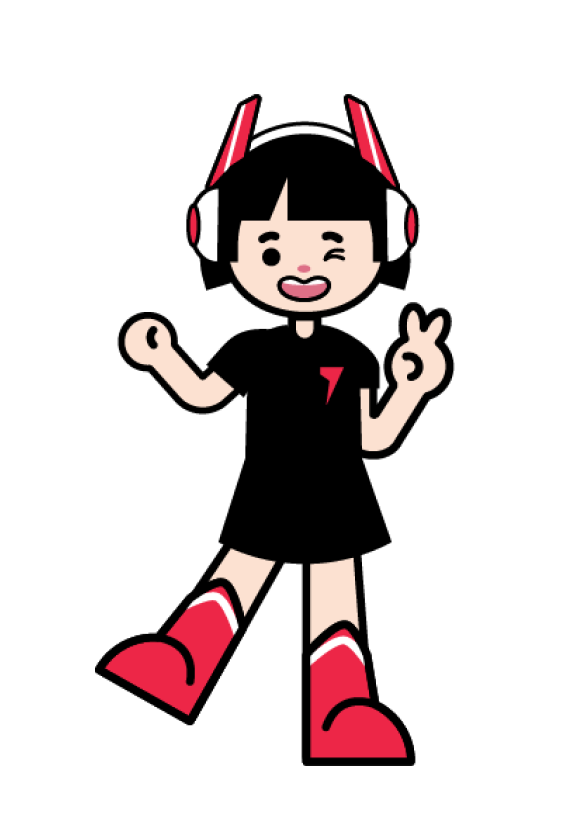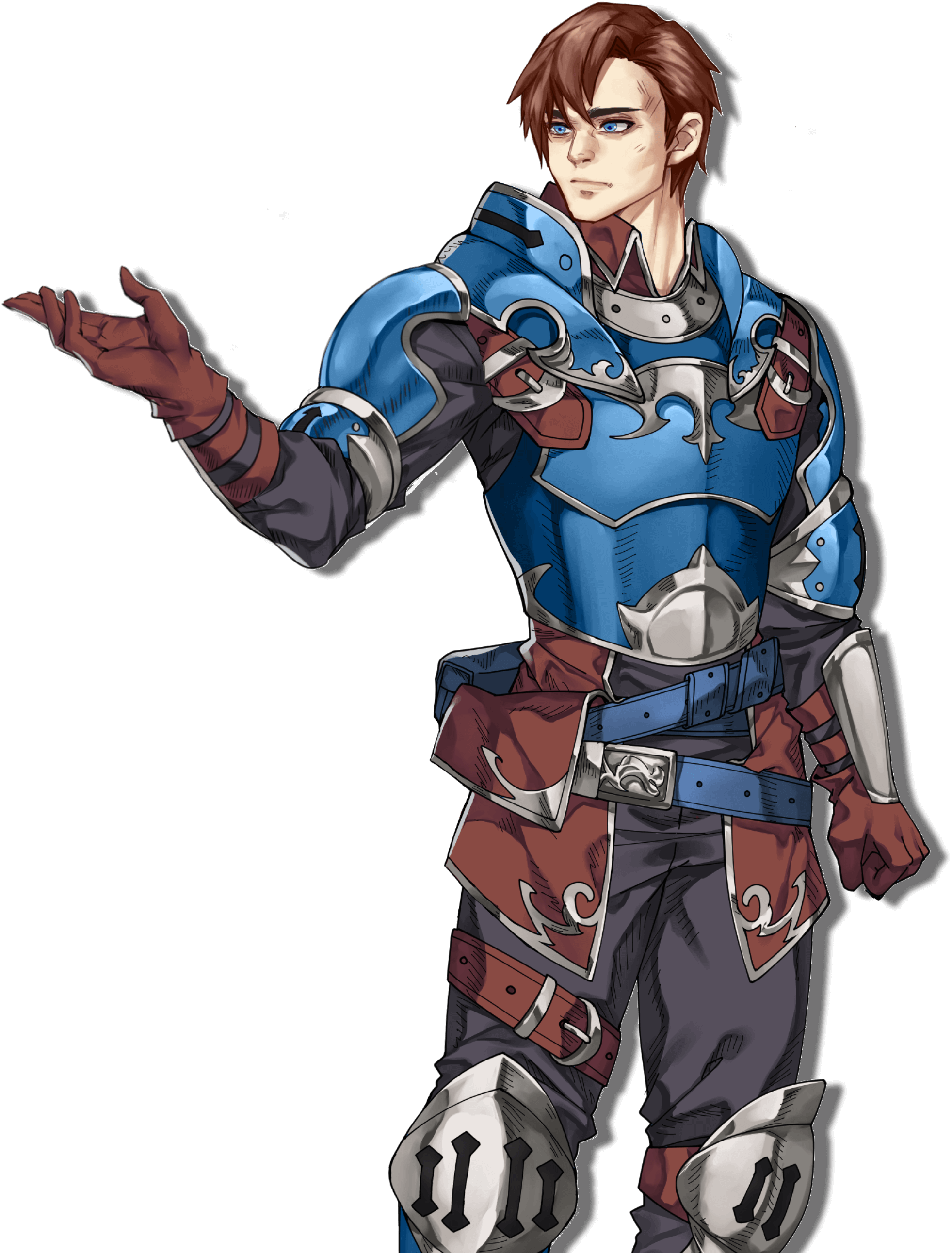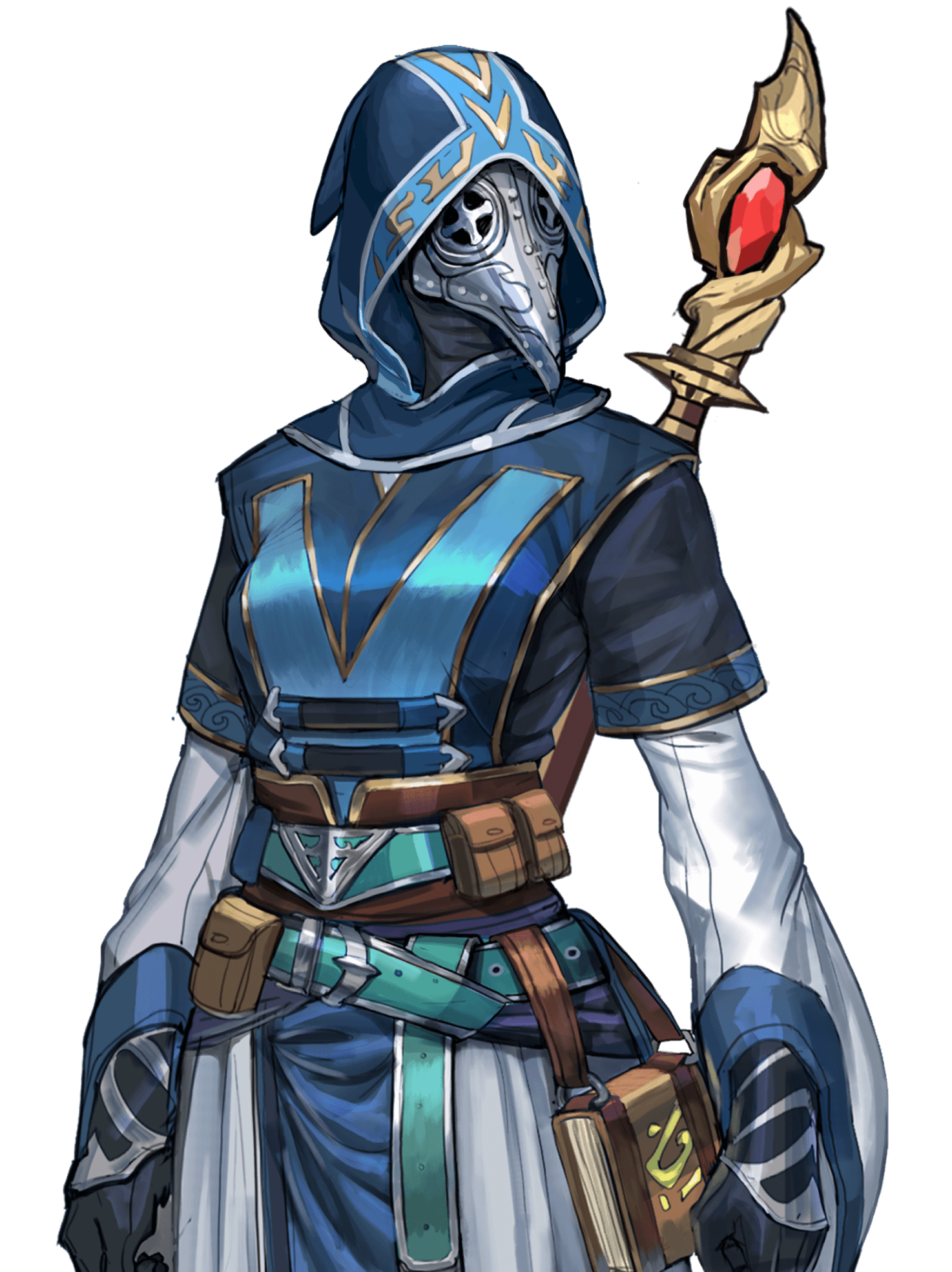In many games, especially those that are narrative-driven, cinematic animations are a helpful storytelling device that breathes life into the story, giving players a visually captivating experience akin to watching a movie.
Sprinkled throughout various progress points, cutscenes allow players to sit back, take a break and witness the narrative unfold right in front of them.
Cinematic animations enhance the experience players have with the game and help them get immersed in the different aspects, with each having their own specific purpose in order to move the game along.
In this blog, we will explain:
- What a game cinematic animation is
- How cinematic animation is utilized
- Common critique points from players
- The creation process of game cinematics
- How cinematic animations enhance the narrative of a game
- The future of cinematic animation
What is a game cinematic animation?
We know that games are animated – smooth movements from characters, objects and environment ensure a visually pleasing player experience.
Game cinematics are pre-rendered scenes that have fixed camera angles and enhanced visual detail, deviating from the player-controlled view.
With the usual connection the word “cinematic” has to the film industry, it does not come to a surprise that many film techniques can be found in these kinds of animations, too.
They guide players through the game’s storyline in a passive, cinematic way, letting them take in and understand the lore without needing to divide their attention with any controls.
The scenes that players see are predetermined and cannot be influenced in any way, making it possible for clips with just the right lighting, soundtrack and details to play without much issue.
That sets them apart from the usual game animations that cannot support real-time rendering of high-quality details at all times without putting a lot of strain on the device, as the movement – and therefore the areas that get loaded in – are determined by the player.
This inconsistency allows for only a limited amount of aesthetics in which the device adapts a lower quality, reducing the strain to keep the game from shutting the device down either from too many things being loaded at the same time or overheating.
How game cinematic animation is utilized
The placement of cinematic animations within the game strongly impacts which story elements are highlighted. Effective use of cinematic animation can make for a memorable and lasting impression, amplifying the emotional impact and ensuring moments that resonate with the players.
Introduction:
- Placement: At the beginning of the game or each chapter
- Purpose: Introduction of a character, reveal of a later relevant element, showcase of in-game world’s history and lore, setting the mood
Story Progression:
- Placement: In between gameplay sequences
- Purpose: Showing important parts of the story in an interesting and engaging way
- Appearance: Nearly seamless transition, only noticeable due to sudden loss of control of character to keep the immersion and consistency
Ending Cutscene:
- Placement: At the end of a chapter or the end of the whole game, often after a hard battle or long mission
- Purpose: Providing neat and satisfying closure of the current chapter
- Appearance: Changes from the usual perspective as the scene gets captured with different dynamic camera angles and heightened cinematic quality
While the art style of the cutscenes usually don’t deviate from the one used for the rest of the gameplay, there are times in which the art style has changed quite drastically.
For some games it was simply an artistic choice, others made the switch to a style that conveyed the story in a better way (e.g. having 2D cutscenes for a 3D game).
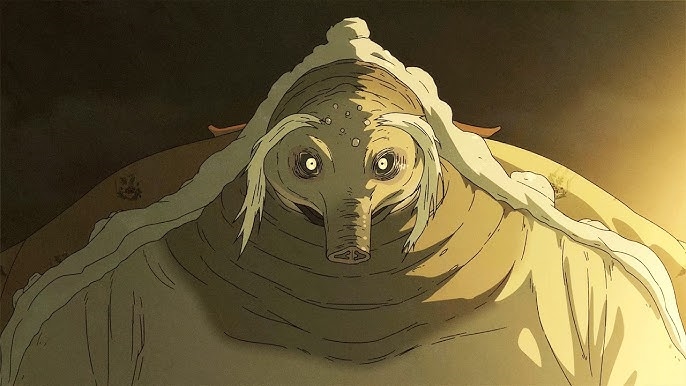
Using game cinematic animation for trailers
Short cutscenes are nowadays also found within trailers and uploaded long before the game’s release as promotional material to showcase a game’s world and their characters.
Trailers show off some of their best visually stunning shots that can be found during the playthrough, and others even get their own unique animation entirely separate from the actual game.
Trailers like that aren’t only limited to yet unreleased games. No, they are even more prominent amongst games that are currently regularly updating.
The release of new playable and collectable characters for example always gets teased with a character specific cinematic animation, paired with a showcase of their abilities.
Not only that but new maps, new items, new narrative elements and new rewards amongst many other updates.
Having these teasers build anticipation and excitement as players catch a glimpse of the new, upcoming content, encouraging continuous engagement and attracting potential players by highlighting the most visually striking moments.
Implementation of interactions within game cinematic animations
While most game cinematic animations still remain passive, game developers have managed to find a way to involve players in cutscenes in some instances with these gameplay mechanics.
Mandatory Player Prompts
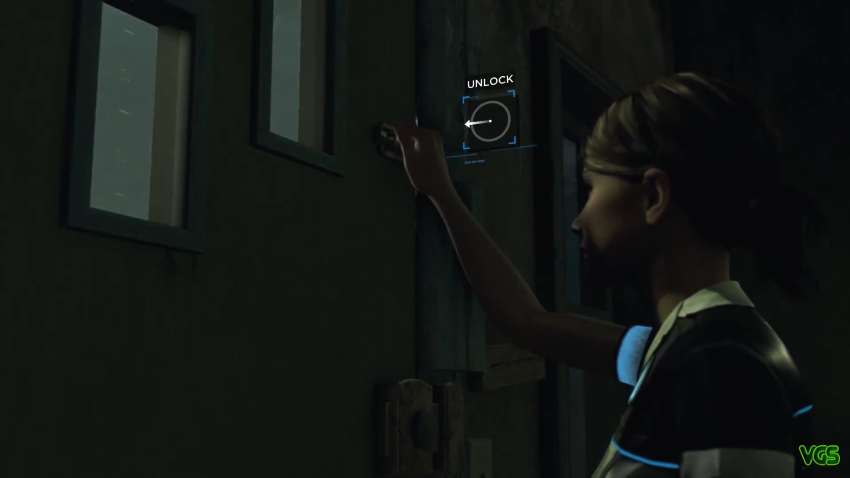
- Stops the player character in its tracks and stalls the cutscene
- Players cannot proceed until they follow the on-screen instructions
- Players cannot skip pre-decided player interactions
Quick Time Events (QTEs)
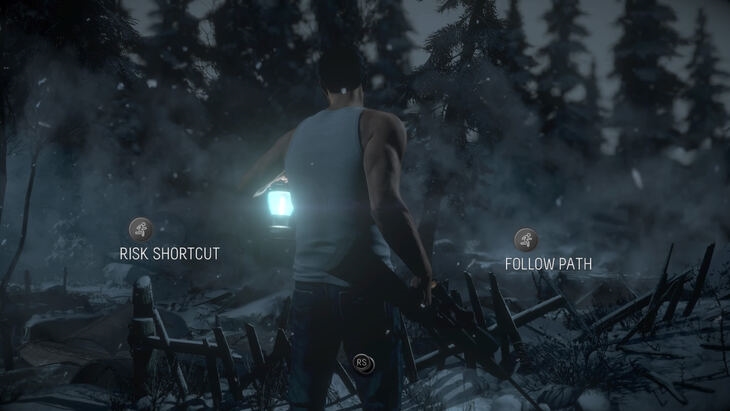
- Interactive elements where players have to quickly follow one or a sequence of on-screen instructions
- They disappear in a set amount of time, regardless of whether the player had managed to complete the action or not
- Failure locks away certain option and paths of the game or even results in the death of a character, impacting the narrative greatly
- Heightens emotional intensity in crucial scenes, significantly impacting gameplay and narrative outcomes
- Used for games with branching plotlines and different endings
Common critique point from players
While game cinematics have risen in popularity, some players find the loss of control due to the sudden shift into a passive role jarring, saying it completely breaks the immersion of the game.
Others are of the opinion that cutscenes that cannot be skipped and last for a long unspecified amount of time can disrupt the game’s pacing.
There are also mixed reactions when it comes to combining a cutscene with player interaction, and they are mostly not as well received as a regular, uninterrupted cutscene.
Many have expressed their feelings of disappointment as they were made to act quickly in order to achieve a favorable result, leaving no time to concentrate on what is happening within the cutscene itself.
The beautifully crafted visuals are one of the most beloved aspects to players, letting them admire the hard work that was put into the scene and take in the details.
Stopping a scene mid action and having quick time events leaves no room for any of that.
The fact that most QTEs appear unannounced has caught many players off guard, causing them to miss important decisions and souring the overall experience.
The creation process of game cinematic animations
Scripting and Storyboarding
Thorough preparation is the start of every project, so before jumping in blindly you need a solid idea of what the end product should be. Having a script outlines the scene of the cinematic animation – characters, dialogue and interaction – with the storyboard providing the visuals.
Animation
There are many ways to bring life into your ideas. Here are two of the most popular techniques:
Motion capture technology
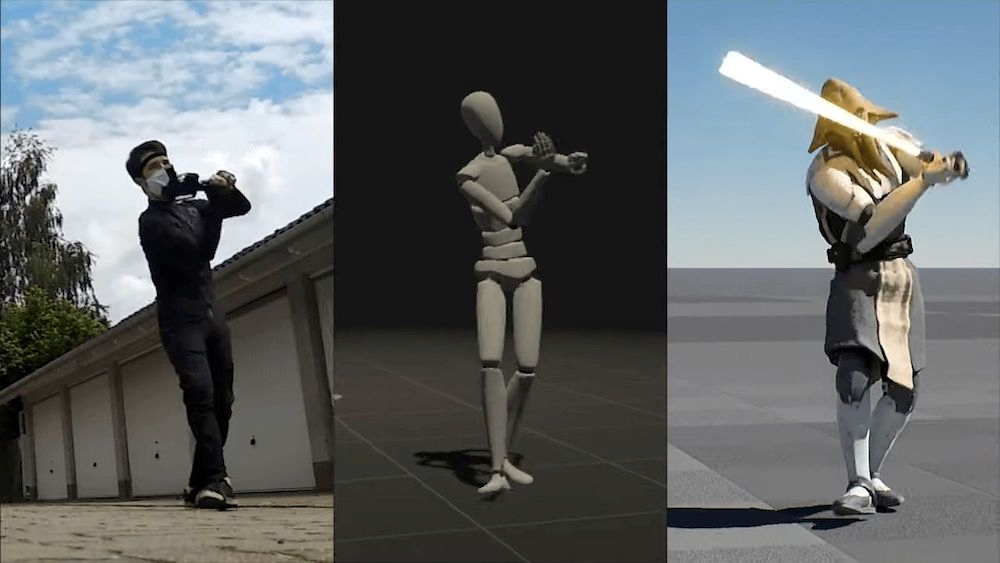
- Provides fluid and realistic movements through real actors
- Facial expressions, combat, animal movement, stunts
- Uses sensors to track the movement of actors and objects wearing a specialized suit
- The data gets transferred into a digital form
- Speeds up production as it is faster than drawing multiple panels to animate
Keyframe animation
- Allows for more stylistic freedom and expressive motions
- Keyframe animation defines critical start and end points, with frames in between automatically interpolated to create smooth motion.
- Everything in between gets drawn after; more commonly done with a computer
- Ideal for both 2d and 3d animation
Light and Rendering
Using light, shadows, and reflections to evoke specific feelings from the player and draw attention to certain things. Color as well as saturation are added to set the atmosphere of the game cinematic animation. They add the last visual touches in order to create a stunning scene.
Sound and Music
By adding music, ambient noise and spoken dialogue lines to the visuals it enhances the scene’s immersion. Even the lack of sound can make a cinematic animation stand out by creating tension or the feeling of unease.
How game cinematic animations enhance the narrative of a game
Having control of a character grants you a certain amount of disconnect towards them. Instead of being their own person that character basically represents the player.
By giving them their own emotions and movements during a cutscene and creating a sort of movie within the game the player can now form an emotional connection to all the characters.
A game cinematic animation also adds details regarding character movement, facial expressions, timing and consistency that cannot be achieved through mere gameplay where the player is able to influence and interrupt the flow at any moment in a rather unnatural way.
Game cinematic animation in the future
Fast technological advancement has been a boon for the game industry.
Over the years, the length and quality have drastically increased due to new invented techniques not only from the gaming industry but also the film industry.
Computers are now able to run better graphics, widening the amount of detail that can be implemented.
Realism
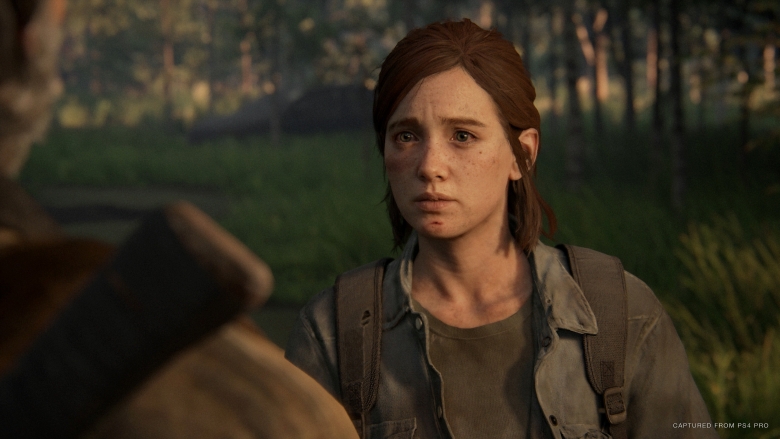
Currently, the more realistic style of cinematic animation seems to be favored the most. Realism isn’t limited to just character visuals but also extends to environments, lighting, and physics for even more immersive experiences.
Virtual Reality
With how much VR is rising in popularity, it may soon allow players to experience a cutscene from the perspective of the player character within the game world itself, increasing the immersion and making players feel as if they’re truly a part of the story.
With about 20 years of experience in the game industry, GIANTY recognises the utilization of game cinematic animation as one of most integral storytelling devices that help improve players’ overall experience through captivating and immersive scenes.
Our artists and developers specialize in crafting cinematic animations tailored to each client’s unique needs. From stylistic cutscenes to realistic animations, our expertise on frame-by-frame, keyframe and rigging or spine animation allows for creating immersive, high-quality visuals that complement each game’s unique narrative and style.



